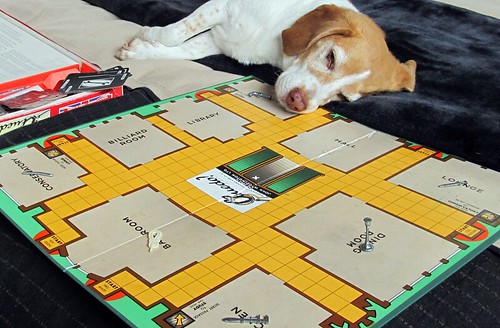
Gamification of various parts of our lives is currently something of a hot topic;
Gamification is the use of game play mechanics for non-game applications… Gamification works by encouraging desired behaviors, taking advantage of humans’ psychological predisposition to engage in gaming. The technique can encourage people to perform chores that they ordinarily consider boring, such as completing surveys, shopping, or reading web sites.
Personal finance blogger JD Roth, of Get Rich Slowly has written an article on Lifehacker on how to turn money management into a game. In it he explores how you can use money management techniques based on game design principles.
In some ways, “gamification” is just taking advantage of feedback loops. With personal finance, that means getting constant data about your financial situation, looking for ways to improve that situation, and then pushing yourself to make changes. Once the changes are made, you look at the results and repeat the process.
A good example is paying off credit card debt; a simple challenge would be to see if you can increase the amount paid of your credit card balance every month. The longer this goes on, the harder you have to save on other items, or the more income you need to generate.
I suspect in the near future personal finance management (PFM) tools will have some elements of gamification built in, perhaps pitting you against other users.
It might sound a little geeky, but if you haven’t tried turning your finances into a game (that’s not saying to not take money seriously), it might be a interesting technique to try out.